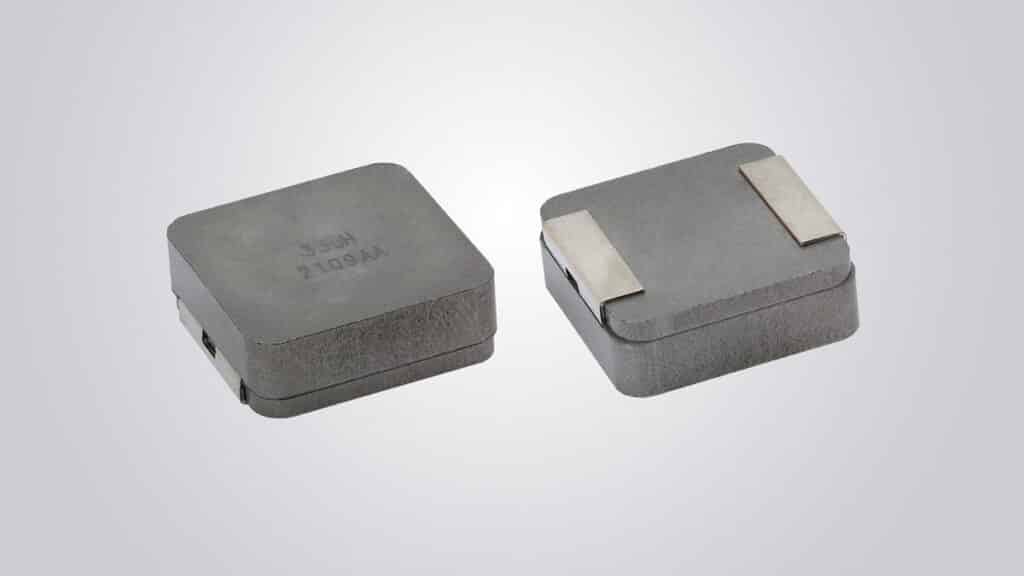Vishay Intertechnology, Inc. introduced the first AEC-Q200 qualified IHSR automotive high temperature inductor with current ratings to 155 A in the 19.0 mm by 17.1 mm by 7.0 mm 6767 case size.
Designed for multi-phase, high current power supplies and input / output filters in automotive under the hood and ADAS applications, the Vishay Dale IHSR-6767GZ-5A offers a 50 % reduction in DCR over typical power inductors and a smaller size than similar ferrite-based solutions.
The Automotive Grade inductor released today is optimized for energy storage in DC/DC converters up to 5 MHz and high current filtering applications. With its high operating temperature up to +155 °C, the device is also suitable for filtering and DC/DC conversion in ADAS and LIDAR microprocessors, 12 V / 48 V vacuum-less braking systems, OBCs, and brushless DC electric motors up to 140 A.
For these applications, the IHSR-6767GZ-5A’s low typical DCR of 0.24 mΩ and inductance of 0.22 µH allow for higher current density than competing technologies, with no hard saturation and more stable inductance and saturation over the entire operating temperature range.
Packaged in a 100 % lead (Pb)-free shielded, composite construction that reduces buzz noise to ultra low levels, the inductor offers high resistance to thermal shock, moisture, and mechanical shock, and handles high transient current spikes without saturation.
Samples and production quantities of the IHSR-6767GZ-5A are available now, with lead times of 16 weeks.
FEATURES
- High temperature rating, up to 155 °C
- Shielded construction
- Excellent DC/DC energy storage up to 5 MHz
APPLICATIONS
- High current load EMI filters (12 V / 140 A or 48 V / 140 A)
- LIDAR boost inductor for laser diode with GaN MOSFETs
- 48 V / 12 V (> 250 kHz; 5 kW) buck-boost inductor for multiphase converters (bi-directional)
Device Specification Table:
| Case size | 6767 |
| Inductance (µH) | 0.22 |
| DCR typ. (mΩ) | 0.24 |
| Heat rating current typ. (A) | 100(1) / 141(2) |
| Saturation current typ. (A) | 107(3) / 155(4) |
- (1) DC current (A) that will cause an approximate ΔT of 40 °C
- (2) DC current (A) that will cause an approximate ΔT of 80 °C
- (3) DC current (A) that will cause L0 to drop approximately 20 %
- (4) DC current (A) that will cause L0 to drop approximately 30 %
